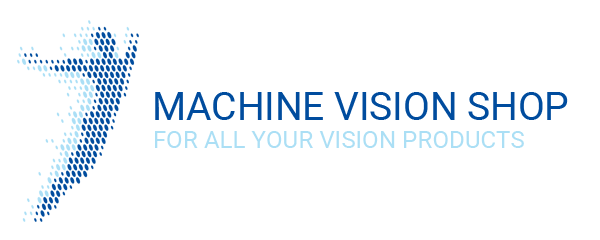End-of-Line Inspections in Automotive Subassembly with Machine Vision Cameras

End-of-Line Inspection
In the competitive realm of automotive manufacturing, the quality of each component is crucial to the success of the final product. Particularly in subassemblies, where complex components like dashboards, engines, or transmission systems come together, accurate inspections are essential. Machine vision cameras play an indispensable role in automating quality controls and increasing production efficiency during end-of-line (EOL) inspections.
The Importance of Machine Vision Cameras in EOL Inspections of Subassemblies
EOL inspections in automotive subassembly are critical to ensure that each part meets stringent quality and safety standards. Traditional methods, often reliant on manual labor, can be inconsistent and prone to errors. Machine vision cameras offer a consistent and repeatable alternative that aids in quickly and accurately evaluating complex assemblies.
Applications of Machine Vision Cameras in EOL Inspections
- Component Verification: Machine vision camera systems check that all parts are correctly assembled and present. These cameras can inspect hundreds of components in seconds, checking for presence, position, and alignment to ensure nothing has been overlooked or incorrectly assembled.
- Surface Defect Detection: Identifying minor flaws in subassemblies can lead to failure in the final product. Machine vision cameras can detect surface defects such as scratches, dents, or improper finishes that might otherwise be missed.
- Functional Testing: In addition to visual inspections, machine vision cameras are also used to test the functionality of certain components, such as electronic controls and lighting in dashboard assemblies.
Benefits of Machine Vision Cameras
- Improved Quality and Reliability: Machine vision camera systems provide highly accurate and repeatable inspection results, reducing defects and enhancing the overall reliability of the vehicle.
- Increased Speed and Throughput: Machine vision camera inspections are significantly faster than manual inspections, resulting in higher production throughput.
Cost Reduction: By reducing the amount of waste and the need for rework, machine vision cameras help lower production costs.
Future Developments in Machine Vision Cameras for Automotive Inspections
With advancements in technologies like artificial intelligence and deep learning, machine vision camera systems are becoming more sophisticated. They are increasingly capable of handling complex inspection tasks and can quickly adapt to new production lines, making them indispensable for the future of automotive manufacturing.
Conclusion
Machine vision camera technology is significantly enhancing the efficiency, accuracy, and reliability of automotive subassemblies in end-of-line inspections. For machine builders, automators, and suppliers, this powerful tool meets the challenges of modern production demands. For more information about our machine vision camera solutions or for customized advice, please contact our sales team. Our experts are ready to assist you in integrating these advanced systems into your production processes.
Back


